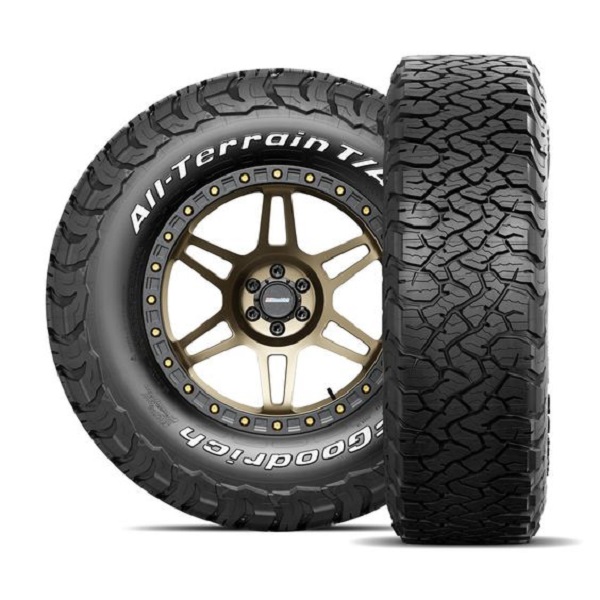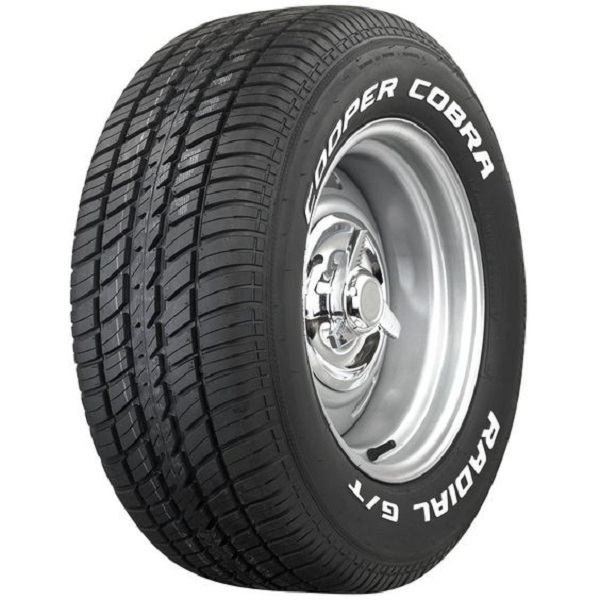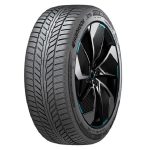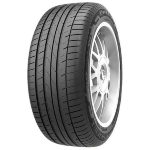Car tires are essential components of vehicles, playing a crucial role in safety and performance. Understanding how car tires are made can deepen your appreciation for these engineering marvels and help you make informed choices when purchasing tires. This comprehensive guide will take you through the intricate process of tire manufacturing, highlighting the materials used, the stages of production, and the factors that contribute to tire quality.
The Materials That Make Up Car Tires
Rubber Types
At the heart of every tire is rubber. There are two main types of rubber used in tire production: natural rubber and synthetic rubber. Natural rubber comes from rubber trees, while synthetic rubber is derived from petroleum products. Each type has its unique properties, influencing the tire’s performance and durability.
Reinforcement Materials
How are car tires made? In addition to rubber, tires incorporate various reinforcement materials to enhance strength and flexibility. These include:
- Fabric Layers: Polyester, nylon, and rayon are commonly used to provide structural integrity.
- Steel Belts: Steel belts are critical for strength, helping to resist punctures and maintain shape at high speeds.
Additives
Manufacturers use various additives to improve tire performance, including antioxidants to prevent aging, carbon black for increased strength, and silica to enhance traction and fuel efficiency.
The Tire Manufacturing Process
Step 1: Designing the Tire
Before production begins, engineers design the tire. This phase involves selecting materials and determining specifications, such as tread pattern and size. Advanced computer simulations help optimize design for performance and safety.
Step 2: Mixing the Ingredients
Once the design is finalized, the production process begins. Raw materials are precisely measured and mixed in large machines to create a homogenous rubber compound. This step is critical, as the composition directly affects the tire’s performance attributes.
Step 3: Building the Tire
After mixing, the tire is built layer by layer. This process usually occurs on a tire-building machine, where:
- Inner Liner: The inner liner is placed to provide air retention.
- Fabric Layers: Reinforcement layers are added next, providing strength and flexibility.
- Steel Belts: Steel belts are layered on top to ensure durability.
- Tread: Finally, the outer tread is added, which is the part that makes contact with the road.
Step 4: Curing the Tire
The built tire then undergoes curing, a process that involves heating the tire in a mold. This step solidifies the rubber and gives the tire its final shape. Curing also enhances the tire’s properties, ensuring it performs optimally.

Step 5: Quality Control
After curing, each tire undergoes rigorous quality control testing. Manufacturers inspect for defects, check dimensions, and perform performance tests. This step is crucial to ensure that every tire meets safety and quality standards.
Factors Affecting Tire Quality
Material Quality
The quality of materials used directly influences the tire’s performance. High-quality rubber and reinforcement materials result in better durability, traction, and comfort.
Manufacturing Precision
Precision in the manufacturing process is essential. Any deviations in the mixing, building, or curing processes can lead to performance issues or tire failure.
Design Innovations
Innovations in tire design can significantly affect performance. Advanced tread patterns, eco-friendly materials, and noise-reducing designs are just a few examples of how technology shapes modern tire production.
The Importance of Tire Maintenance
Regular Inspections
To ensure your tires perform well, regular inspections are necessary. Check for uneven wear, sidewall damage, or low tread depth. Early detection can prevent costly replacements and improve safety.
Proper Inflation
Maintaining the correct tire pressure is crucial for performance and fuel efficiency. Under-inflated tires can lead to increased wear and reduced traction, while over-inflated tires can result in a harsh ride and decreased grip.
Rotation and Balancing
Regular tire rotation and balancing help promote even wear and prolong the life of your tires. Most experts recommend rotating tires every 5,000 to 7,500 miles to ensure optimal performance.
Eco-Friendly Innovations in Tire Production
Sustainable Materials
Many manufacturers are now focusing on eco-friendly materials, such as bio-based rubber and recycled materials. These innovations reduce the environmental impact of tire production and promote sustainability.
Energy-Efficient Manufacturing
The tire industry is also making strides in energy efficiency. By optimizing production processes and using renewable energy sources, manufacturers can minimize their carbon footprint.
Exploring Tire Types and Their Manufacturing Differences
All-Season Tires
All-season tires are designed for a wide range of driving conditions. The manufacturing process for all-season tires often emphasizes a balanced tread pattern that provides decent traction on both wet and dry surfaces. These tires use a blend of rubber compounds that perform well in various temperatures, making them versatile for year-round use.

Key Features
- Tread Design: All-season tires typically feature grooves and sipes that enhance grip in wet conditions.
- Durability: They are built to resist wear and can often last longer than summer or winter tires.
Performance Tires
Performance tires are crafted for speed and handling. The manufacturing of these tires focuses on achieving high grip levels, often using softer rubber compounds that enhance traction.
Key Features
- Tread Pattern: Performance tires often have a more aggressive tread design to maximize contact with the road.
- Heat Resistance: These tires are engineered to withstand higher temperatures, making them suitable for spirited driving.
Winter Tires
Winter tires are specially designed for cold weather conditions. The production of winter tires involves using rubber compounds that remain flexible in low temperatures, ensuring optimal traction on snow and ice.
Key Features
- Tread Depth: Winter tires usually have deeper treads with unique patterns to improve grip in snow and slush.
- Siping: Small slits in the tread, known as siping, enhance traction and prevent hydroplaning.
The Role of Technology in Tire Manufacturing
Computer-Aided Design (CAD)
Modern tire manufacturing heavily relies on CAD technology for design purposes. This technology allows engineers to simulate how a tire will perform under various conditions, leading to better designs before physical production begins.
Automation in Production
Automation has revolutionized the tire manufacturing process. Robotic systems and automated machinery speed up production while maintaining precision, resulting in high-quality tires that meet strict safety standards.
Performance Testing
Manufacturers use advanced performance testing methods to evaluate tires. These tests assess factors like traction, durability, and fuel efficiency, ensuring that the final product performs well in real-world conditions.
Consumer Considerations When Choosing Tires
Understanding Tire Labels
When purchasing tires, understanding tire labels is essential. The label provides crucial information, including the tire’s size, speed rating, load capacity, and manufacturing date. Familiarizing yourself with these details can help you select the right tire for your vehicle and driving style.
Cost vs. Quality
While it may be tempting to opt for cheaper tires, investing in high-quality options often pays off in the long run. Quality tires typically offer better performance, durability, and safety features, reducing the risk of premature wear and potential accidents.
Seasonal Needs
Consider your driving conditions when selecting tires. If you live in an area with harsh winters, investing in dedicated winter tires is wise. Conversely, if you experience mild weather year-round, all-season tires may suffice.
Innovations on the Horizon: The Future of Tire Manufacturing
3D Printing
The tire industry is exploring 3D printing technology to revolutionize tire production. This technology allows for rapid prototyping and customization, enabling manufacturers to create tires tailored to specific needs or preferences.

Smart Tires
Smart tire technology integrates sensors into the tire structure to monitor pressure, temperature, and tread wear in real time. This innovation can enhance safety and performance by alerting drivers to potential issues before they become critical.
Eco-Friendly Alternatives
Research into alternative materials, such as dandelion rubber and biodegradable compounds, aims to create more sustainable tire options. These innovations could significantly reduce the environmental impact of tire production and disposal.
Understanding Your Tires
Knowing how car tires are made provides valuable insights into their importance for safety and performance. By understanding the materials, processes, and innovations behind tire production, you can make more informed decisions when selecting and maintaining your tires.


